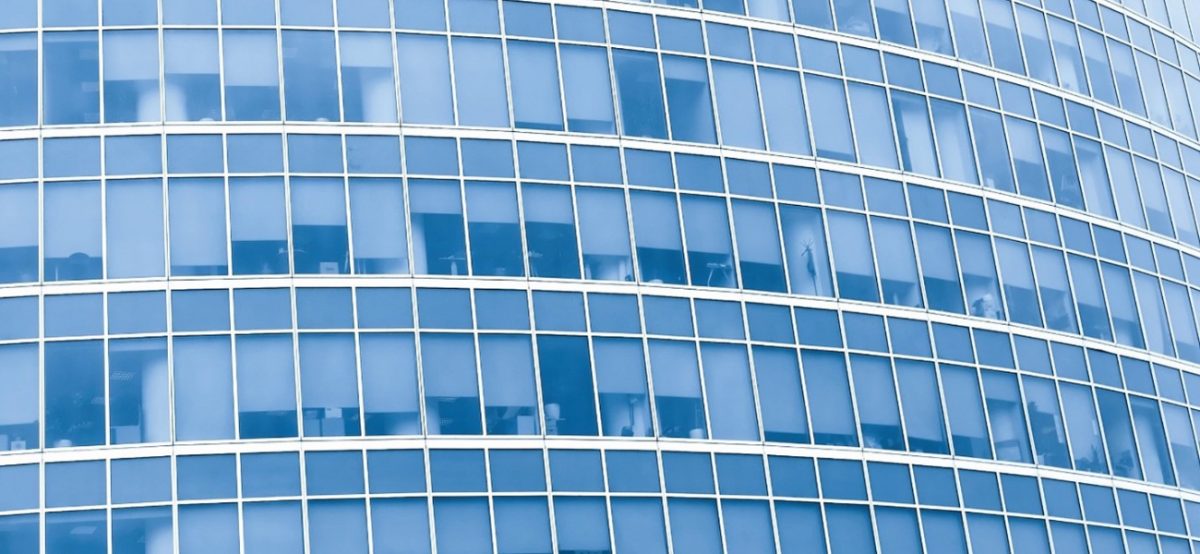Glass is essential to modern design, but it can be dangerous when it breaks. That’s where tempered glass comes in. It’s a safe and reliable solution that offers natural light and views without compromising safety. Here, we’ll explore everything you need to know about tempered glass – from its impact resistance and types to its manufacturing process.
An Overview of Tempered Glass
Tempered glass is a type of safety glass that is treated with a special heating and cooling process to make it more resistant to breaking than regular glass. When it does break, it shatters into small, dull pieces rather than large, sharp shards that can easily cause injury. Building codes frequently require tempered glass to be used in locations where broken glass presents a significant hazard. The tempering makes the glass much tougher, so it is less likely to cause harm when it breaks.
How is Tempered Glass Made?
Here is the complete process of making tempered glass:
I. Glass Preparation
Normal glass sheets are first cut to the needed size, ensuring the glass is pristine before tempering to prevent breakage.
II. Extreme Heating
The prepared glass sheets are then heated in a special oven, where the temperatures reach over 1100°F.
III. Rapid Cooling
The red-hot glass then undergoes forced, intense blasts of cold air. This quenching causes the outer layer of glass to solidify much faster than the inside.
IV. Compression and Tension
As the inside of the tempered glass cools, it contracts and pulls on the already hardened, solid outer layer. This tugging force creates areas of compression and tension between the outside and inside of the glass pane. The balancing forces between the compressed outer surface and the stretched inner core give tempered glass its hallmark durability and strength.
V. Safety and Protection
The heating and rapid cooling transform delicate glass into a super protective solid material.
Types of Tempered Glass
There are five major variants of tempered safety glass:
1. Clear Tempered Glass
This glass goes through a heating and rapid cooling process to increase its strength but retains the same transparent and colourless look of normal glass. It provides safety without altering visibility.
2. Tinted Tempered Glass
While undergoing standard tempering for added durability, tinting elements, such as grey, bronze, or green tints, are also added to this glass to provide colouration. The tinting offers style and privacy, while the tempering maintains safety.
3. Laminated Tempered Glass
This glass combines a laminate between two layers of tempered glass to offer the benefits of laminated safety glass and strengthened tempered glass. The lamination holds glass fragments together in the event of breakage.
4. Reflective Tempered Glass
A reflective coating is applied to tempered glass panels to create a mirrored surface on one side, which provides an aesthetic effect and one-way privacy while retaining the strength of tempering.
5. Frosted Tempered Glass
The process used to give normal glass a frosted, obscured look is applied to tempered glass. This allows light to pass through while obscuring vision entirely for privacy and boosting safety.
Conclusion
Transform ordinary spaces into bright, stylish, and secure environments with bespoke tempered glass products. Our world-class tempered glass solutions are personalised for your home or office, ensuring maximum safety without compromising aesthetics. To toughen up your décor while preventing injuries, contact AIS Glass – India’s leading integrated glass company. Here are tips to choose Tempered Glass.

